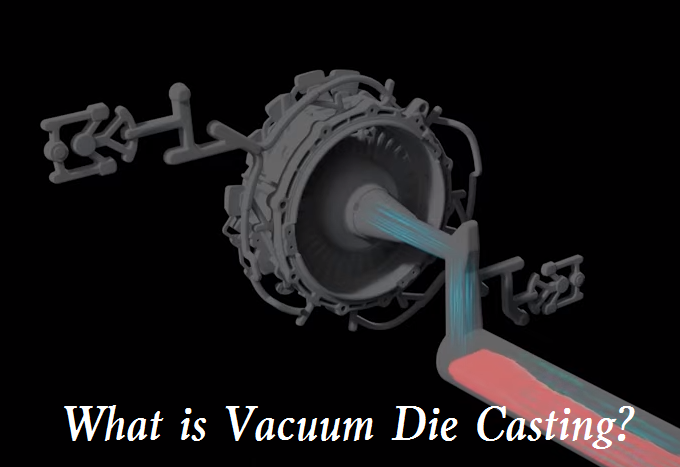To reduce the defects of metal castings and suit different applications, there are a number of casting processes can be used. Today, we are going to break down the vacuum die casting, what is it and why it is applied? Let’s go over the vacuum die casting advantages, disadvantages, purposes, applications, and definition.

What is Vacuum Die Casting?
Vacuum die casting is an advanced die casting process to eliminate or significantly reduce the pores and dissolved gas in the die casting parts by pumping out the gas in the die-casting die cavity in the die-casting process, so as to improve the mechanical properties and surface quality of the die-casting parts. In vacuum die casting, the air in the die casting cavity is pumped out first, and then the liquid metal is pressed in. It can eliminate or reduce the air hole in the die casting and improve the mechanical properties and surface quality of the casting; During die casting, the backpressure of the cavity is greatly reduced, and the alloy with low specific pressure and poor casting performance can be used.
What is Vacuum Die Casting Used for
1. Eliminate or reduce pores in the product to improve the mechanical properties and surface quality of die castings.
2. Greatly reduce the backpressure of the cavity, accelerate the liquid flow speed and improve the filling conditions.
3. With the increasing number of structural parts, the control of pore defects is required to be more and more strict, and the higher the vacuum degree in the mold cavity when the molding die is filled. The concept of high pressure casting high vacuum die casting is gradually accepted and considered by die-casting enterprises.
Advantages of Vacuum Die Casting Process
1. Before high-speed filling, 80 ~ 90% of the gas in the mold cavity has been discharged. During high-speed filling, the probability of air entrainment is low, and the risk of porosity in the casting is small.
2. Negative pressure is formed in the cavity, which has adsorption force on liquid metal and can increase the fluidity of liquid metal. The effect is most obvious for materials with poor fluidity such as pure aluminum and high thermal conductivity aluminum.
3. The filling pressure of vacuum die casting is 30% ~ 50% lower than that of ordinary die casting, which greatly improves the service life of the die.
4. The quality proportion of the die casting gating system (runner and slag ladle) is lower, the return material is reduced by more than 20%, and the die casting cost is effectively reduced.
Benefits of Vacuum Die Casting Parts
– Eliminate or reduce the air holes in the die casting, and the air holes will not be exposed after processing in the post process, so as to improve the mechanical properties and surface quality of the die casting and improve the plating performance.
– Reduce the backpressure of the cavity, the alloy with lower specific pressure and poor casting performance can be used, and it is possible to die cast larger castings with small machines.
– The filling conditions are improved and thinner castings can be die cast
– Welding can be carried out.
– The internal structure of the casting is dense and the airtightness is good.
– After surface treatment, anodizing, electroplating, and powder spraying, the risk of surface blistering and other defects is low.
– T6 heat treatment can be carried out to obtain high tensile strength, yield strength, and good elongation.
There are also some weaknesses of the vacuum die castings.
– The die sealing structure is complex and difficult to manufacture and install, so the cost is high
– If the vacuum die casting method is not properly controlled, the effect is not very significant
Application of Vacuum Die Casting
1. High strength structural members
2. Airtight parts
3. Auto parts
4. Communication filter
5. Pure aluminum/anodized aluminum parts
6. Electroplated parts
7. Electric tools
8. Other die castings with high-quality requirements

